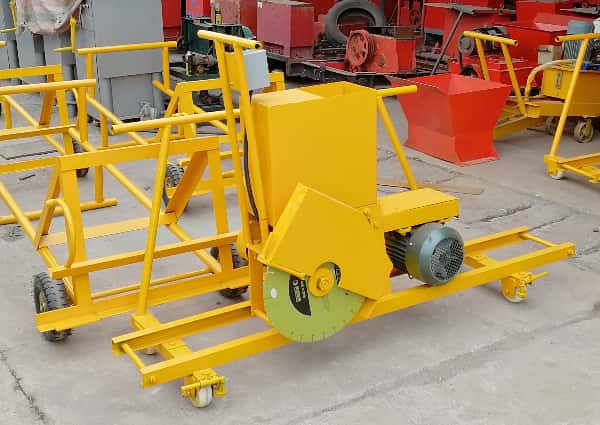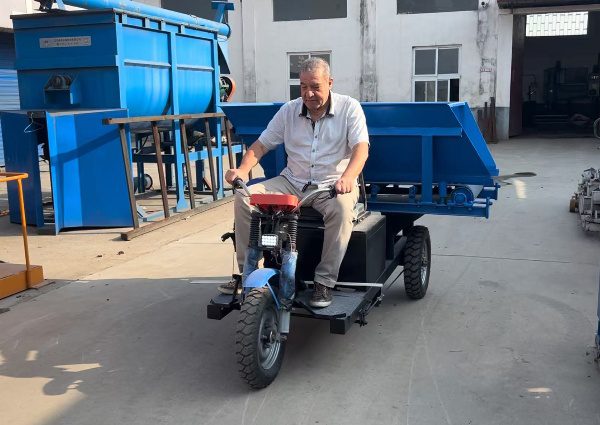مصنع خلط الخرسانة الخلط
ما نوع الماكينات التي تبحث عنها؟ دعنا نساعدك في العثور على معدات تصنيع منتجات الخرسانة مسبقة الصب المناسبة!
Precast concrete extruder supporting equipment supplier
Henan Kelai Industrial Co., Ltd. is a leading manufacturer of precast concrete equipment in Henan, China. As a professional manufacturer and exporter, we specialize in designing and producing various concrete product-making machines, including slab floor, wall panel, fence panel, column (T, H, I, L, U, V… shapes), pipe, block machinery and Concrete Mixer Batching Plant along with supporting and installation equipment.In addition to our standard product line, we offer customized solutions to meet specific customer needs.
With over 20 years of export experience, our dedicated team ensures our equipment, known for durable quality, high productivity, and cutting-edge technology, reaches clients worldwide. We are committed to building long-term, honest, and mutually beneficial partnerships with construction companies globally.
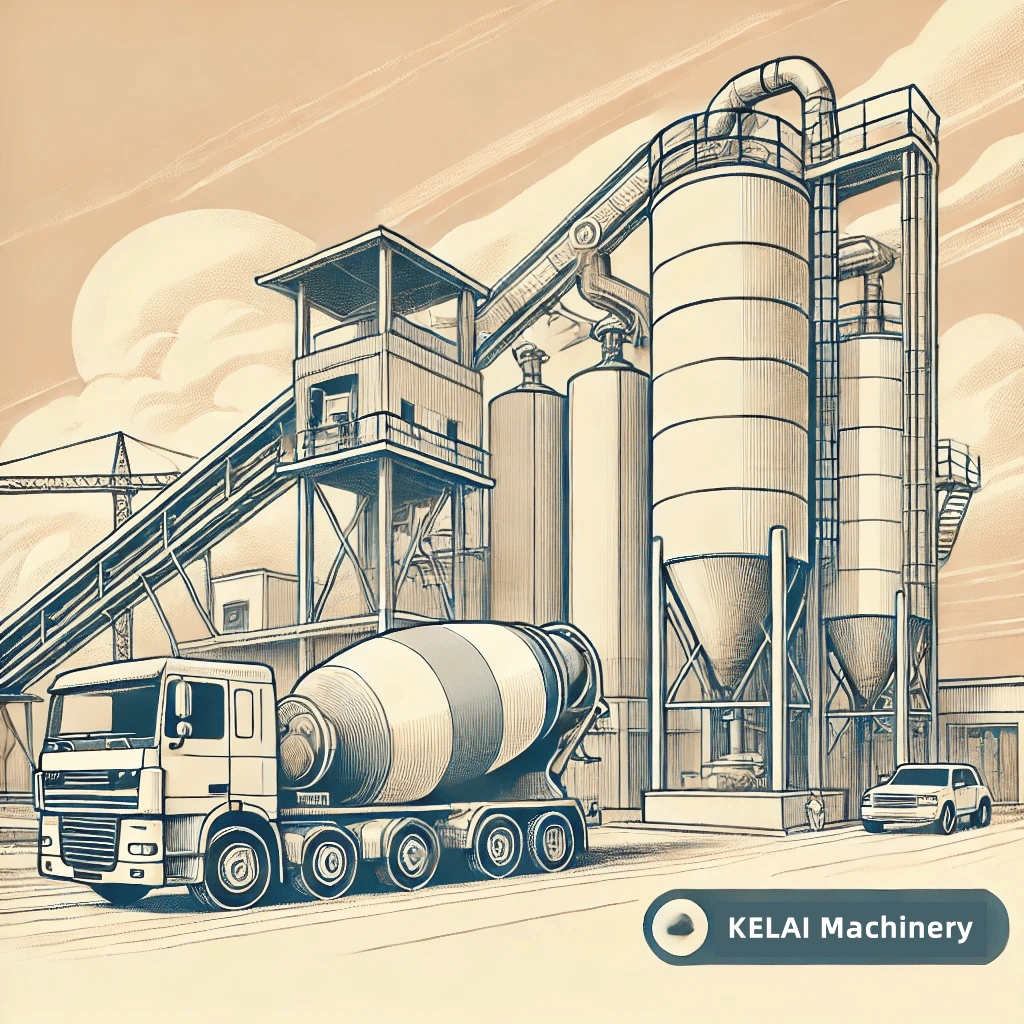
Working Principle of Concrete Mixing Plant
The working principle of a concrete mixing plant is to meter, transport and mix raw materials such as cement, sand, stone, water and admixtures according to the preset ratio, and finally produce concrete that meets the engineering requirements. The whole process is usually managed by an automated control system to ensure production efficiency and concrete quality.
Raw material storage and supply
Aggregates (sand, stone): delivered to aggregate silos by loaders and transported to batching systems via belt conveyors or hopper elevators. Powders (cement, fly ash, etc.): stored in cement silos and transported to metering systems via screw conveyors. Water and admixtures: stored in water tanks and admixture tanks respectively, and transported to metering devices via pipelines.
Raw material metering
Aggregate metering: Aggregates such as sand and stone are weighed by electronic metering systems. Powder metering: Powders such as cement and fly ash are weighed by screw weighing systems. Water and admixture metering: flow meters or weighing systems are used to accurately control the amount of addition.
Conveying and feeding
After the metering is completed, the aggregate enters the mixer directly through the belt conveyor or hopper. Cement and other powders are fed into the mixer through a screw conveyor. The measured water and admixtures are transported to the mixer through a pipeline.
Concrete mixing
Start the mixer and mix all the raw materials evenly to ensure that the concrete meets the set quality standards. The general mixing time is 30-90 seconds, which may vary for different models of mixers.
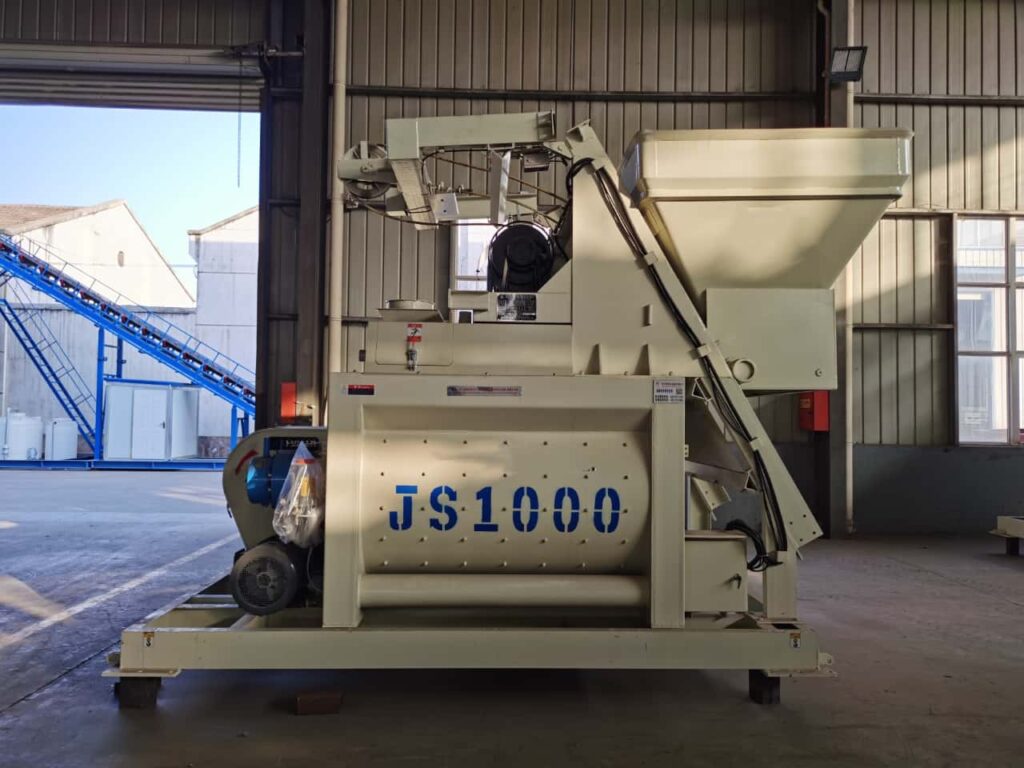
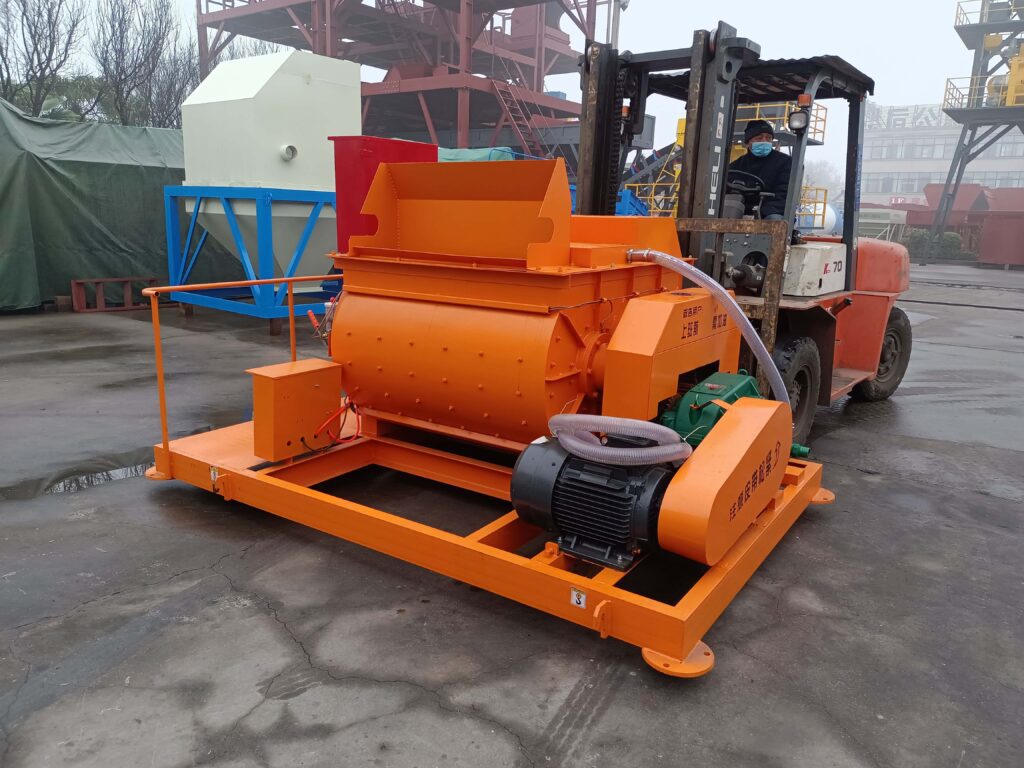
الخلاط الخلاط هو المكون الأساسي لمصنع خلط الخرسانة. وهي مسؤولة عن خلط المواد الخام المختلفة بالتساوي. تشمل الأنواع الشائعة للخلاطات الخلاطات ثنائية العمود والخلاطات أحادية العمود والخلاطات القسرية. يعتمد اختيار الخلاط على احتياجات الإنتاج ونوع الخرسانة وحجم البناء.
نظام تخزين الركام يُستخدم لتخزين الركام مثل الرمل والحجر، عادةً في مستودعات منفصلة، ويحتوي كل مستودع على نظام تغذية مستقل يمكنه نقل الركام تلقائيًا إلى الخلاط.
نظام تخزين الأسمنت وتسليمه يتم توصيل الأسمنت من نظام تخزين الأسمنت إلى الخلاط من خلال ناقل لولبي مخصص أو نظام نقل هوائي.
مصنع خلط الخرسانة
محطة خلط الخرسانة هي نوع من المعدات المستخدمة خصيصًا لإنتاج الخرسانة، والتي تستخدم على نطاق واسع في هندسة البناء، وبناء الطرق، ومشاريع البنية التحتية الكبيرة وغيرها من المجالات. وهي تقوم بخلط المواد الخام مثل الأسمنت والرمل والحصى والماء والمواد المضافة في خرسانة موحدة بنسب معينة وتوصيلها إلى موقع البناء لاستخدامها. محطة خلط الخرسانة هي واحدة من البنى التحتية الهامة في مشاريع البناء الحديثة، مما يضمن جودة واستقرار إمدادات الخرسانة. المكونات الرئيسية لمحطة خلط الخرسانة نظام الخلط يعد نظام الخلط جزءًا رئيسيًا من محطة خلط الخرسانة، والذي يستخدم لوزن وتسليم المواد الخام تلقائيًا (مثل الأسمنت والرمل والحجر والماء والمواد المضافة وغيرها) وفقًا للنسبة المحددة مسبقًا. تؤثر دقة نظام الخلط تأثيراً مباشراً على جودة الخرسانة.
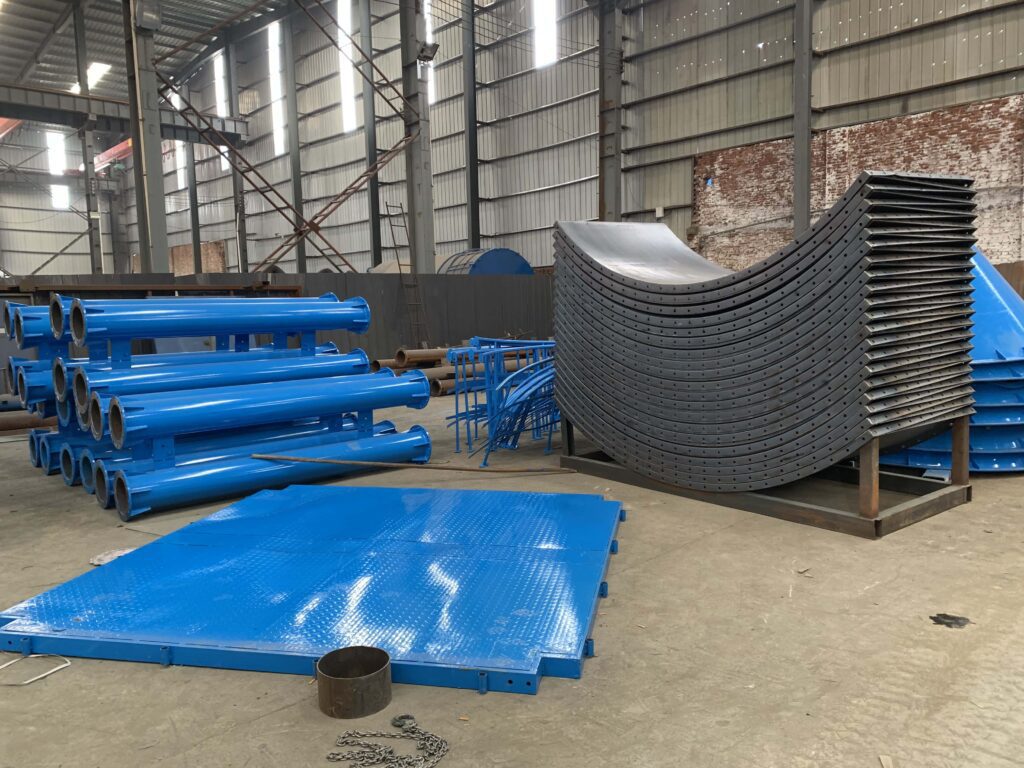
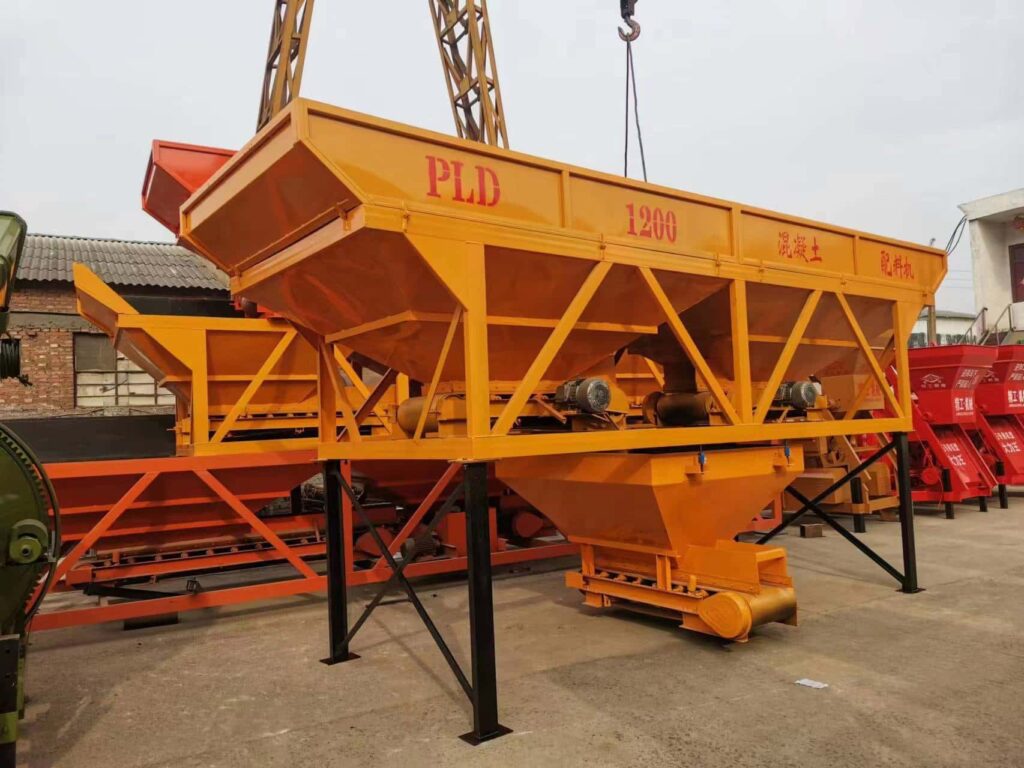
Main components
(1) Aggregate supply system
Aggregate silo: used to store aggregates such as sand and stone. Generally, there are multiple silos to meet the needs of different proportions.
Conveying system: Aggregates are transported to batching machines using belt conveyors or hopper elevators.
Batching machines: Accurately measure various aggregates to ensure stable concrete quality.
(2) Powder supply system
Cement silo: stores cement or fly ash. Usually, it adopts a closed structure to prevent dust pollution.
Screw conveyor: used to transport powder from the silo to the mixer to ensure production continuity.
(3) Water and admixture supply system
Water tank: stores water required for mixing. Some large sites use underground water tanks.
Admixture system: includes storage tanks, metering pumps, conveying pipelines, etc., used to accurately add admixtures to improve concrete performance.
(4) Measuring system
Aggregate metering: sand and stone aggregates are accurately measured through an electronic weighing system.Powder metering: cement, fly ash and other powders are accurately measured using a spiral scale.Water and admixture metering: flow meters or weighing metering devices are used to ensure the accuracy of concrete mix ratio.
(5) Mixing system
Main mixer: core equipment, generally a twin-shaft forced mixer is used to ensure uniform mixing of concrete.
Discharging system: after mixing, the concrete is discharged through a pneumatic discharge door or hydraulic system and transported to a concrete tanker.
(6) Control system
Automation control: including PLC system and computer console, which can accurately control each link and improve production efficiency.
Data storage and management: the production data of each batch of concrete can be recorded to facilitate quality traceability.
Remote monitoring: some advanced systems support remote control, which is convenient for management personnel to check the production status at any time.
احصل على عرض أسعار سريع
ركز على: صانع ألواح الأرضيات الخرسانية سابقة الصب، صانع العوارض الخرسانية سابقة الصب، صانع الجدران الخرسانية سابقة الصب، صانع أنابيب البلوك الخرسانية سابقة الصب وآلات الدعم.






